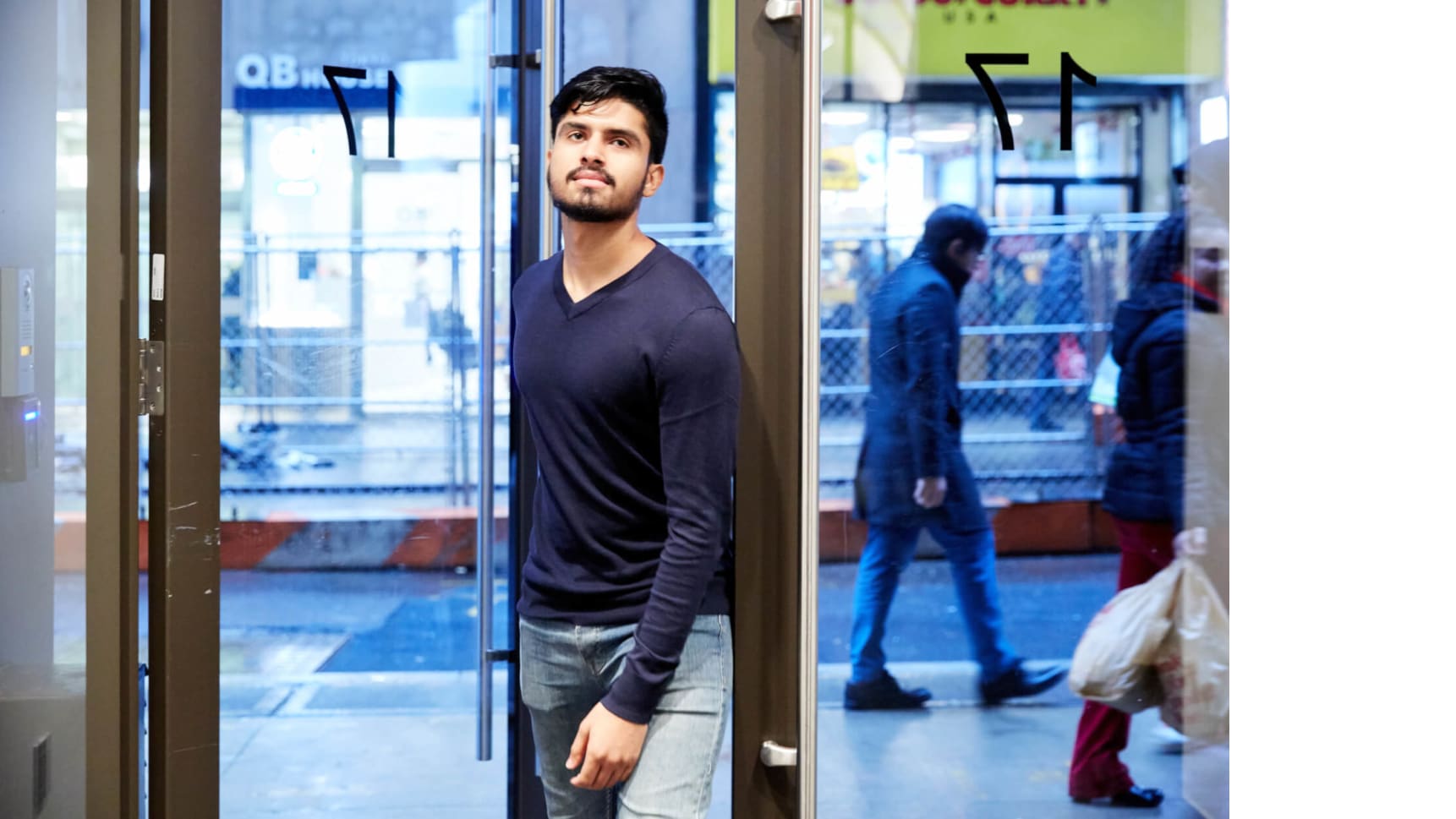Millennials are officially taking over the workforce. A study by UNC showed that by 2020 millennials will make up 46 percent of workers in the U.S.
With a combination of youth and a strong influence over Silicon Valley, more casual work attire is becoming the norm, which can make it even harder to know what to wear in a professional setting. According to a survey by Salary.com, only 55 percent of workplaces have an office dress code. So, what is acceptable and what isn’t?
Types Of Office Dress Codes #
There are generally four types of corporate dress codes: Business formal, business professional, business casual, and casual.
Business Formal #
This is the highest level of professional dress attire and it means tailored suits and ties for men, and a pantsuit or skirt suit paired with conservative accessories and shoes for women. Employees are expected to maintain a high standard in their appearance.
Business Professional #
This is a step down from business formal, but it’s still conservative and traditional. You will start to see more flexibility in colors and patterns in business professional. Men tend to wear suits and ties with more patterns and colors, and women tend to wear a suit or skirt, top, and jacket paired with jewelry that is more noticeable—such as chunky watches or statement pieces.
Business Casual #
However, if your employee handbook says that you can dress business casual, that means you don’t have to wear a suit, pumps, and stockings every day. However, you should still keep a certain level of professionalism, no matter how casual the dress code is. Men tend to wear button-ups while women can wear skirts, slacks, or khakis with a cardigan or jacket. Employees are allowed more freedom with their jewelry and other accessories.
Casual #
As the least formal, the trickiest part might be making sure you are still maintaining a level of professionalism. Clothes should still be pressed, neat, and appropriate for the type of work you do. For men, you can expect casual pants and slacks with collared polos or crew-neck sweaters. Women have the freedom to wear nicely-fitted tops and blouses, slacks or skirts. Fun patterns and colors are acceptable with a casual dress code.
Guidelines For Workplace Attire
#
Model What your Boss Wears #
When starting a new job, it can be tricky to figure out what is acceptable and what isn’t. One way to master a casual dress code is to mirror what your boss wears. Use him or her as a guide for what you should be wearing. If they dress more formal then that’s a clue that you should, too; however, if they’re more business casual, that can help you decipher what to wear to work.
Avoid Things That Make You Look Disheveled #
Regardless of how casual your workplace attire is, you don’t want to come into work looking like you were rushed that morning. Take the time each morning to put yourself together. If you’re wearing clothes that are wrinkled or dirty, it could change people’s opinion of you.
Staying Professional While Comfortable #
If your office doesn’t have a dress code, you still shouldn’t be wearing clothes that you would wear to go exercising or lounging. Unfortunately, that means leave those leggings at home. Certain standards should always be kept. For example, jeans might be an acceptable item to wear in an informal workplace, but they must be in good condition. It’s most likely a good idea to stay away from pants that are ripped, tattered, or frayed. Keeping certain professional standards in mind can help employees look well-groomed while staying comfortable when following a casual dress code at work.
When you first join a new workplace, it’s better to err on the side of caution and dress too formally in the beginning until you fully understand what the dress code is. As long as you’re wearing clean, neat, and professional clothing, it’s hard to go wrong, regardless of what type of dress code your workplace has.
And What Should I Wear While Working From Home? #
This really depends on your position and your employer. You should get an idea on how to dress while working from home by taking a look at how other colleagues dress while doing the same. Is your manager also working from home? How does he dress? If not, remember that asking for information to your manager is not something to be ashamed of. It will, on the contrary, show that you care about being integrate in the company culture.
In the majority of the cases, it is recommended to avoid pajamas and clothes that are too "relaxed" (tank tops, robes, nightwear in general) and, in case you have to be in contact with customers, it's best to stick to the business casual attire that we discussed previously in the article. Developers, office managers and, in general, people that do not have to be in contact with customers can get away with a more "casual" look.
